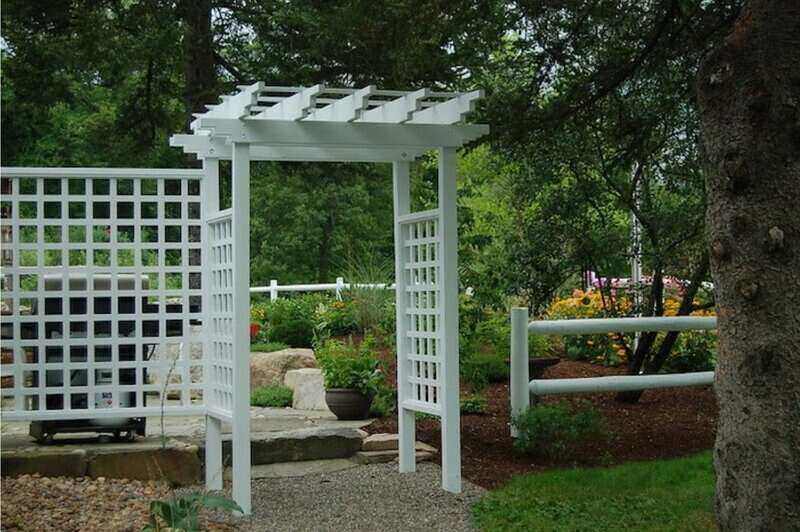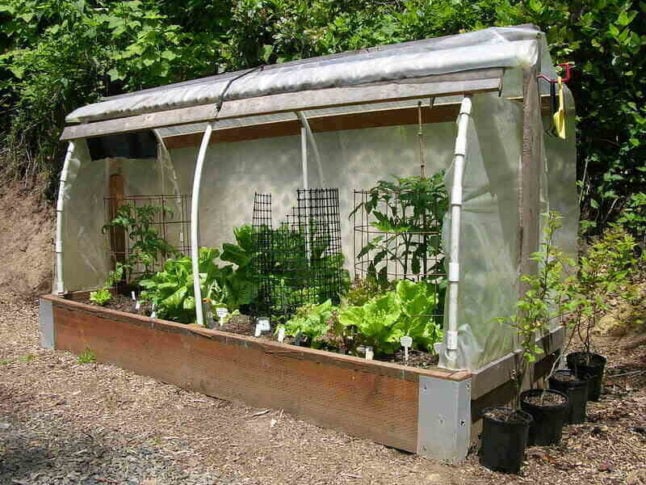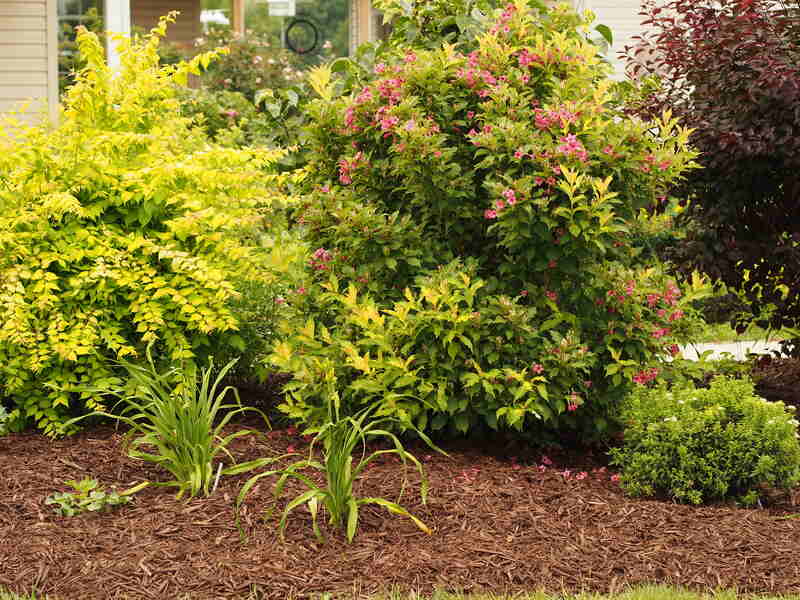
It’s never a bad idea to make your yard more enjoyable for yourself and your loved ones, especially when it comes to accessible landscaping. Read on to learn more about accessible landscaping, why it’s important to landscape with disability in mind, and some bright ideas for accessible landscaping in your own yard.
What is accessible landscaping?
Simply put, accessible landscaping means designing a landscape with disability in mind. Whether you’re looking to help yourself or a loved one enjoy the yard, or planning ahead for growing older, making your yard more accessible through planting schemes and hardscaping elements is never a bad idea.
Accessible landscaping uses the principles of universal design, aiming to make outdoor spaces usable by everyone no matter their needs. Here are a few basic goals of a landscape created with universal design principles:
- Comfortable. Safety is an important baseline, but your yard should be a space that’s fun to spend time in.
- Participatory. Don’t assume you know everything about what your loved ones need! Involving them in the landscape design process will make the space more useful to them in the long run.
- Multi-Sensory. It can be tough to get around a landscape that relies entirely on visual cues. Incorporating a variety of textures and signals will help increase the accessibility of your landscape.
- Predictable. Both comfort and safety increase in a landscape when the design cues for navigating a space are clear and consistent.
12 ideas for accessible landscaping
If you’re looking for ways to make your yard more accessible, there are plenty of places to start. From small improvements to larger additions, these landscape ideas will increase your curb appeal and make your yard a little easier for everyone to use.
1. Trellises and green walls

If you’re designing a landscape space to cater to mobility issues, trellises and green walls are a great way to adapt your yard to your needs. These vertical garden surfaces not only brighten your landscape and allow for more use in a small space–– they make it easier to tend to your favorite plants without having to kneel down.
2. Hanging baskets
Similarly, setting up some classic hanging baskets allows for easy care and some fun height variation in your front yard landscaping. Their height means you can tend to your plants at arm’s length instead of needing to bend over them with clippers. Note, though, that taking them down for care can be difficult if you have trouble lifting heavy weights.
3. Raised garden beds

Raised beds make it easy to adapt your yard to wheelchair gardening. In addition to making it more accessible to tend to and enjoy the plants, these tall flower beds add structure and appeal to your garden, and their walls can be a great surface to affix pathway lighting. Add some colorful perennials for long-lasting beauty with easy care.
4. Sensory gardens
Sensory gardens are particularly therapeutic for seniors, people living with dementia, or those on the autism spectrum. These safe spaces for sensory engagement combine visual delights with other elements that engage sound, touch, smell, and taste. Try adding wind chimes, a water feature, fragrant flowers like jasmine and hydrangeas, or edible plants.
5. Level paths
When designing garden paths for an accessible landscape, stay away from uneven footholds like pavers and garden stones. Focus on creating level paths to connect different regions in your yard that people who use canes or wheelchairs can navigate with ease. Resin-bound gravel is a great choice, as are large slabs and tiles.
6. Handrails
Handrails make your yard more accessible on a number of levels. They create a touchable guide for navigating towards the front door or gate, and provide a sturdy surface to hold onto while walking.
Don’t worry–– you don’t have to compromise on style to include these accessibility features in your yard. Rustic wooden rails add a cottagecore touch, while wrought iron railings lend a French feel.
7. Seating

Adding seating is a great way to make your yard more accessible to anyone who might need a breather while they enjoy the outdoors. From an outdoor living room to a quaint garden bench along the pathway, there are a number of ways to set up your yard for people to sit back.
Pro Tip: add a pergola or a fire pit near the seating area for year-round comfort.
8. Ramps
Making ramps a feature in your garden design will help people who use wheelchairs, walkers, or other mobility aids to get around. Ramps can be set up on any incline–– from steep hills to the space leading up to the front door.
If you’re catering to wheelchair users, just make sure the angle of your ramp meets ADA requirements–– approximately a 5 degree incline, or one inch of rise for every 12 feet of ramp. This will keep it easy for people to get up or down.
9. Accessible decks
Setting up a deck with accessibility in mind means making a few small changes to increase the usability of your space. Decks can be stained with anti-slip stains, or designed with built-in traction to avoid getting slippery when wet. These changes will mean your deck can be used no matter the weather! Get the most out of your deck investment.
10. Edging and borders
Adding accented edging and borders to your landscaping project doesn’t only provide definition to your design. These features will also make your yard more accessible to people with vision or mobility issues, keeping wheelchairs and mobility devices from taking a wrong turn off the path and clearly delineating where walkways end and garden beds begin.
Make sure to choose a color that’s distinct from the pathways in your yard, and set up edging with a durable material such as raised bricks, galvanized steel strips, or coping stones.
11. Pathway lighting
To help keep the pathways in your yard clear and easy to follow, set up some pathway lighting. In addition to creating ambiance and adding to the cohesion of your landscape, this will make it easier for anyone to navigate in low light.
Post or mast lights like solar powered pathway lamps will guide the way safely through paths, while wall lights make it easier to distinguish raised beds and garden gates. You can synchronize your lighting with other hardscaping elements for a unified look, or use it as a creative accent to bring in character.
12. Mulch

Mulch is a no-brainer for creating a low-maintenance landscape, but this humble garden feature can also do wonders for accessibility. Mulch reduces the need for weeding, meaning your landscape will require less hands-on maintenance and bending down to tend to plants. Sturdy wildflowers, annuals, and perennials will thrive in a mulched landscape, but weeds won’t!
There are plenty of garden ideas for mulching your yard that add protection and appeal, including wood chips, gravel, and even sand. Some varieties also provide a protective cushioning layer in case of any falls.
Why is accessible landscaping important?
The World Bank points out that over one billion people, or 15% of the global population, experience some form of disability. That means that odds are, someone in your life is dealing with a disability of some kind.
As the American Society of Landscape Architects says, spending time outdoors is good for you, providing “mental, cognitive, and physical health benefits for people of all ages and abilities.” Making your landscape more accessible means that your loved ones with disabilities can enjoy those health benefits without having to worry about their comfort or safety.
Things to keep in mind when planning an accessible landscape
- Talk to your loved ones before you start digging about the changes that would make your landscape more accessible. You don’t want to spend a ton of money on a space that they can’t actually use!
- Similarly, if you’re designing for your own use or for someone who may have difficulty articulating their needs, consult your doctor or a healthcare professional about the improvements you can make to your space.
Make your yard feel like home
Accessible landscaping is a great way to help everyone in your household enjoy the outdoors comfortably and safely. If you’re designing a yard with accessibility in mind, hands-on help from an experienced landscaper will help you make the most out of your space–– with less effort for you. Get in touch with a designer today to get started on your new landscape.
Looking for hands-on help with lawn care in your accessible landscape? Not to worry–– a lawn care pro is just a call or click away.
Main Image Credit: Pxhere